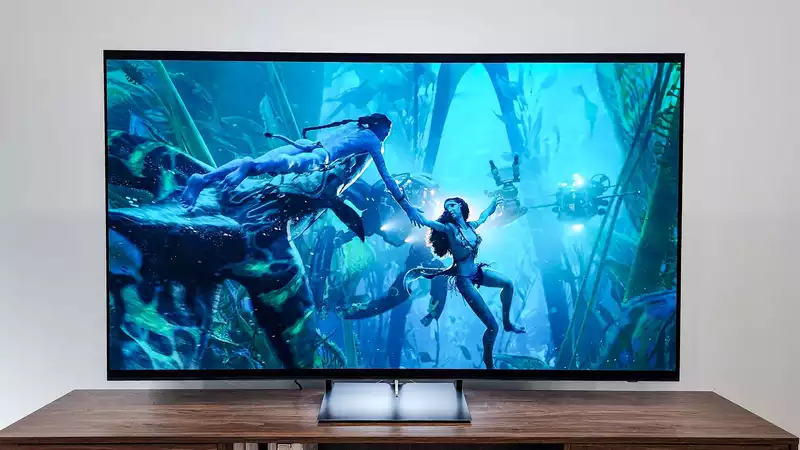When it comes to spatial audio, Dolby Atmos is probably the first thing that comes to mind. However, Dolby Atmos is not the only one in town.
Immersive Audio Model and Formats (IAMF), which Samsung and Google have been developing since 2020, is the latest contender and was announced in a Samsung Newsroom blog post earlier this month.
The main differences between Atmos and IAMF are that the latter will be designed specifically for TV built-in speakers rather than a separate up-firing speaker, and that the software will be open source rather than controlled by a single company.
So why is this a hot topic now, IAMF was officially adopted by the Alliance for Open Media in October 2023.
The main differences involve who owns and licenses the format and what hardware it runs on, but IAMF also adds an AI component that can "analyze scenes and highlight specific aspects of content." They are. [In TV and movies,] there are scenes where the soundtrack or background music is the main focus," says WooHyun Nam, a member of Samsung Research's visual technology team. IAMF adjusts the sound balance in these instances." Similarly, the technology fine-tunes the audio when characters are speaking so that the listener can focus on the conversation."
In other words, not only is there a vertical component of sound that envelops you, as Dolby Atmos does, but IAMF can also change volume levels on the fly to match what is happening in a scene.
In addition, Nam says it would be possible to include IAMF in Samsung's future phones, since IAMF is designed to work with small speakers that consume less power.
"We want to create more advanced 3D audio technology that gives users the feeling of really being at the scene of a movie, TV show, or live event. And we hope to continue this research until 3D audio is applied to Samsung smartphones."
As you can imagine, it all comes down to money.
If you are a hardware manufacturer and you want to use Dolby Atmos or Dolby's own HDR format, Dolby Vision, you have to pay Dolby.
These costs add up over time, which is why Samsung is reluctant to include Dolby Vision on Samsung TVs. HDR10+, an open source AV format, is Samsung's HDR format for this reason.
I have not actually listened to IAMF, so I cannot judge whether it can compete with Dolby Atmos at this time, but I look forward to seeing the two side by side when Samsung someday puts this technology on its TVs.










Comments